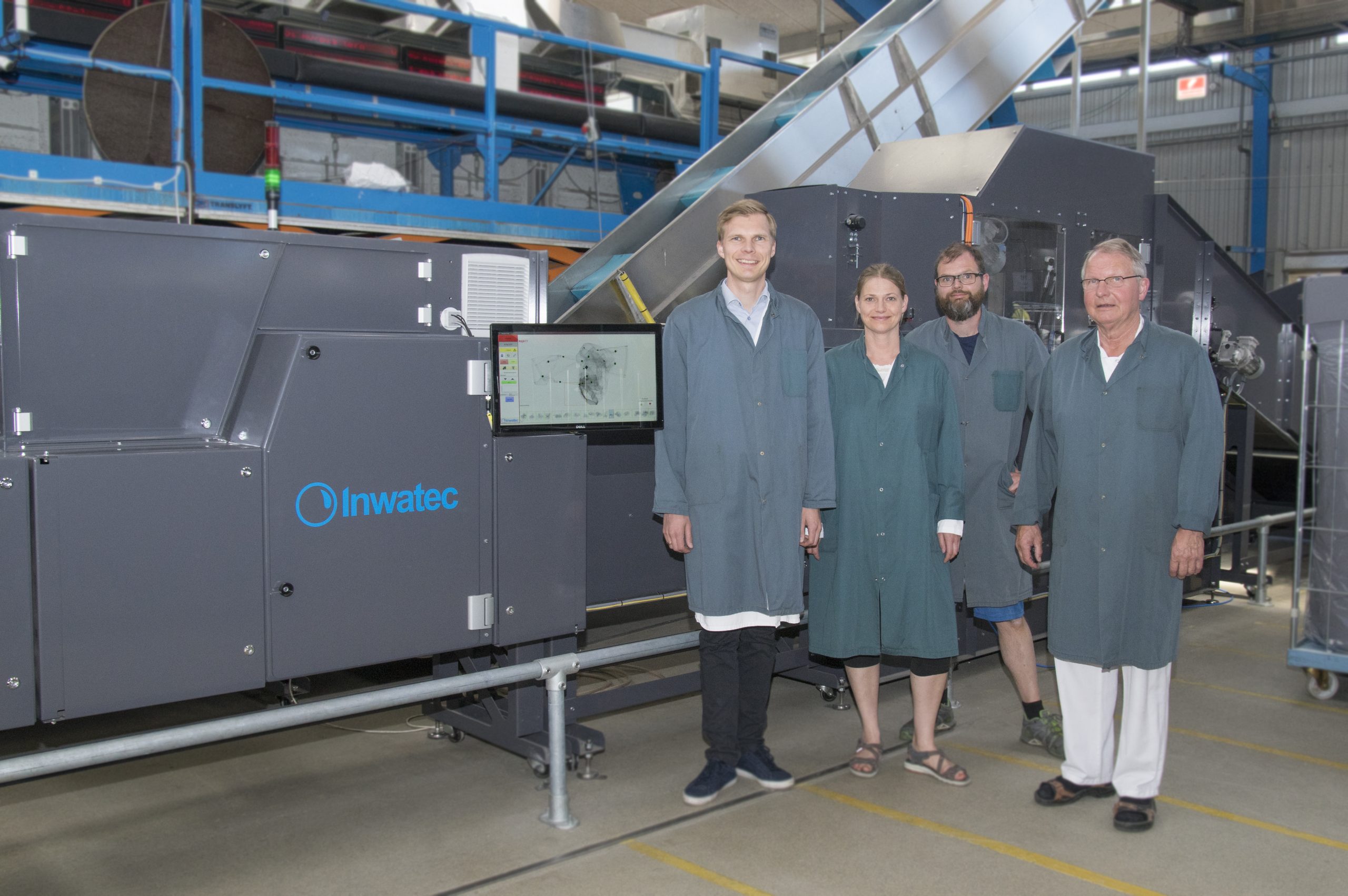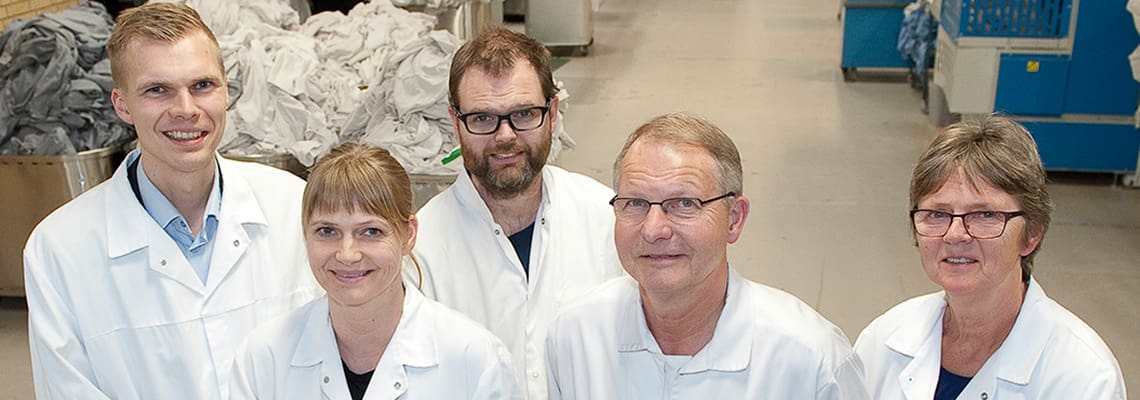Robot technology, lots of automation and innovative use of all state-of-the-art technology in the market. Those are the ingredients in the recipe, which has secured the family-owned Vraa Dampvaskeri a position as one of the leading industrial laundries in Denmark. The headquarters locates in the northernmost part of Denmark in the town Vrå, but with branches in Aarhus, Fredericia, and Køge, Vraa Dampvaskeri services customers throughout the country as well as northern Germany and the southern part of Sweden.
According to CEO Jørgen Rasmussen, much of the explanation for the success of the company is that since the establishment in 1956, there has always been a strong will to invest in new technologies to make production as efficient as possible.
“Innovation and automation are in our blood at Vraa Dampvaskeri. For example, we have had our clothing tagged with chips since 1991, and in 1997 we took our automated sorting system into use. We have always been looking for improvements to our production line in general and especially in the field of automation,” says Jørgen Rasmussen, who recently invested in an Inwatec system, which will further improve the handling of the dirty laundry.
“The new automation options with a robot and an X-ray scanner have made us able to reduce the number of employees in the soiled site sorting, and it has enabled us to release some hands that we can use for something else. Regardless of how much we have automated over time, we have just become more people – now it’s just some other tasks they perform, “ says Jørgen Rasmussen, who runs the family business with his two sons Thomas and Martin Rasmussen as well as daughter Stina Rasmussen who is CSR-manager.
Empty pockets a requirement in the food industry
With the new Inwatec-setup that connects to the existing sorting system, a robot separates the garments piece by piece before an X-ray machine checks for foreign elements hidden in the garments. If anything is found, the garment is automatically rejected for further inspection. This solution contributes to the fact that Vraa Dampvaskeri can also maintain its position as Denmark’s largest supplier of clothing to the food industry.
“We have a lot of customers in the food industry, where there is a strong focus on avoiding foreign objects in the clothes, and in this context, it was obvious for us to invest in an X-ray system that will enable us to meet that demand,” says Jørgen Rasmussen, who also has other gains by avoiding foreign elements in the laundry.

“When using the X-ray solution, we can reduce the administrative costs that come when undiscovered pens and the like ruins clothes. At the same time, it is important for our working environment to minimize the contact with the laundry, “explains the director about the solution.
Future solutions require data
Jørgen Rasmussen and his sons in Vraa Dampvaskeri are far from finished with the development. One of the next steps will be to utilize the possibilities for tracking the individual piece of laundry.
“Recently, we have started working on UHF-chipping the garments, which we do to get as much data as we can in the clothes cycle, and because it helps us to keep track of our inventory. This way we only need to invest in what we need,” says Jørgen Rasmussen, who see that the tracking gives further economic opportunities.
“Concerning the economy, collection and use of data is also an important part of the future laundry. When we make agreements with the customers that they should roll down the sleeves and empty their pockets, it is not always they remember it. When we track the individual piece of clothing, we can detect who’s forgetting this and, for example, send them a message that they’ll have to do better if they don’t want to pay for this service,” Jørgen Rasmussen adds.

